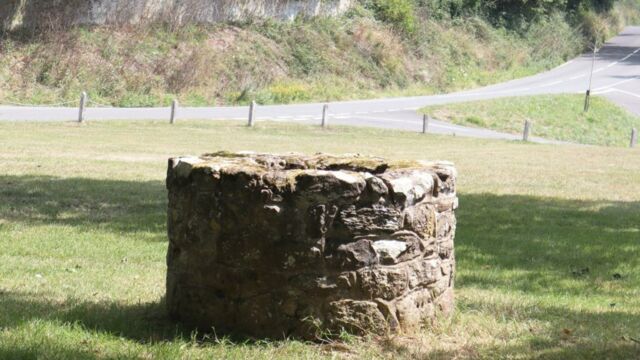Have you ever made a wish at a fountain or well before throwing a coin in? If so, then you know the principle of the wishing well. Archaeologists in Germany have found the remains of one of these superstitious constructions.
Discover our latest podcast
A wish for offerings
In short, the principle of these wells (or fountains, as is more often the case nowadays) is quite simple: one sacrifices something precious, such as coins for example, in the hopes of obtaining favours of a god, several gods, fate or some higher entity. This is, of course, not scientific, but throughout the world, and especially in the West, this practice is prevalent, as indicated by the coins that can be found at the bottom of several fountains near tourist sites.
In the town of Germering, in the Germany state of Bavaria, archaeologists have unearthed the remains of a well-preserved Bronze Age wooden well filled with ritual deposits.https://t.co/JRt22wSGXOpic.twitter.com/8svseOIW22
— Arkeonews (@ArkeoNews) January 7, 2023
According to Ouest France, some fountains bring in a lot of money, those at Disney World are said to hold some $20,000 a year, and, attracted by this forbidden fortune, some people engage in a brand new kind of fishing to recover it. However, this uncovered treasure was something unexpected! In the German town of Germering, scientists have just discovered the remains of a 3000-year-old wooden wishing well!
Ceramics instead of coins
Given its age, this well was obviously not filled with modern coins. Instead, archaeologists discovered jewellery, ceramics and animal teeth. Quoted by Arkeonews, Mathias Pfeil of the Bavarian State Office for Monument Preservation said:
We cannot exactly explain what motives our ancestors 3000 years ago made to offer jewelry and other valuable gifts. But it can be assumed that they were intended as sacrifices for a good harvest
According to the analyses, the water level in this well dropped 3,000 years ago, so it is logical to assume that the area's inhabitants panicked to find drinking water by any means necessary.
This article was translated from Gentside FR.
Sources used:
-Ouest France: Que deviennent les pièces jetées dans les fontaines ?
-Arkeonews: 3000 years old wooden wishing well discovered in Germany















